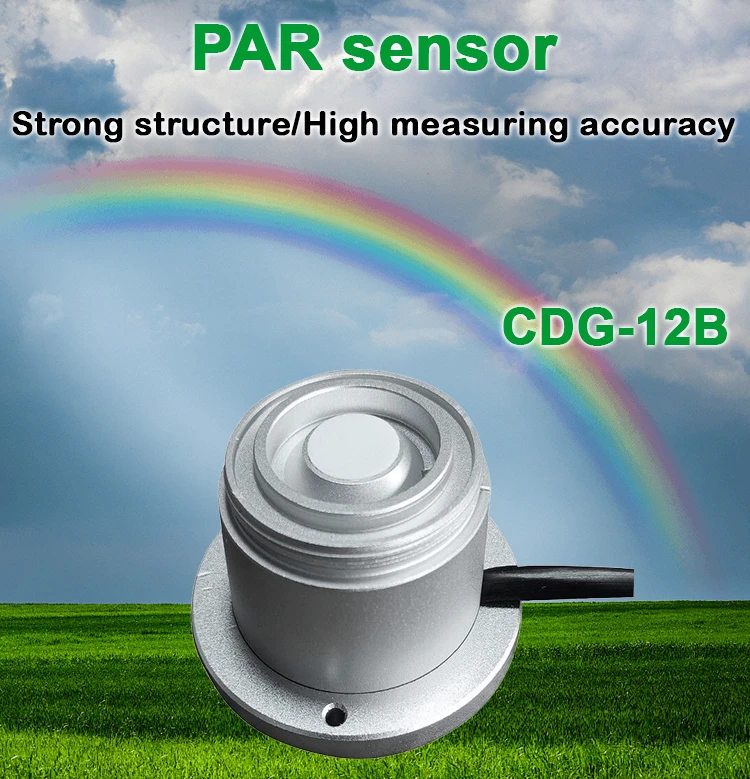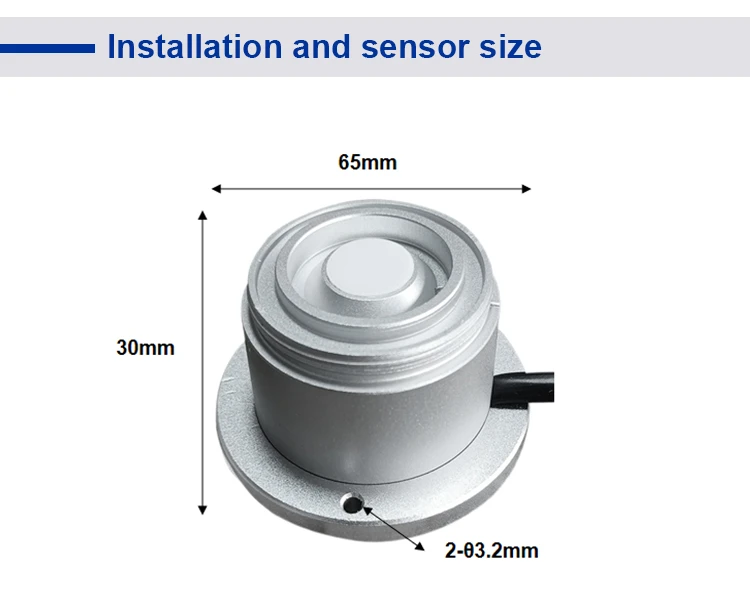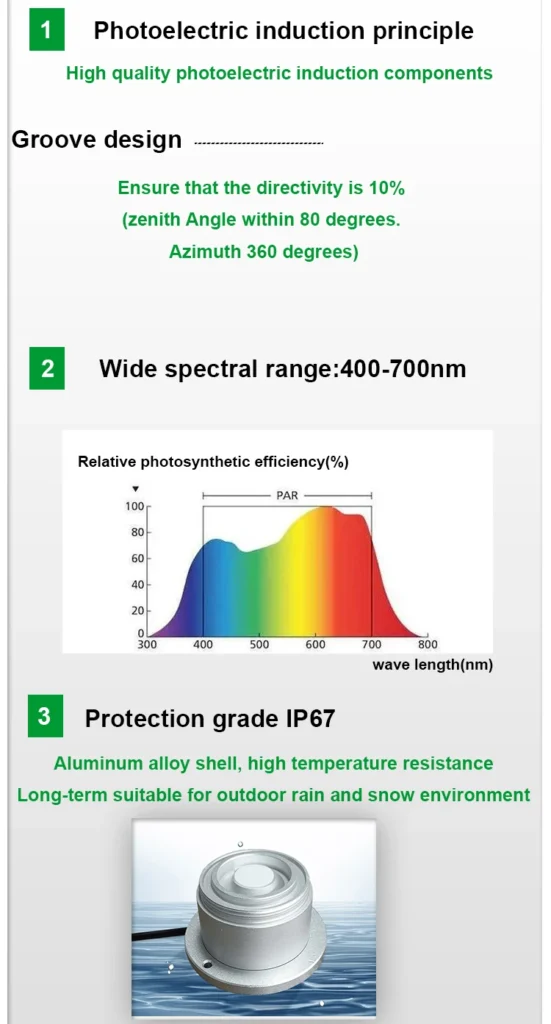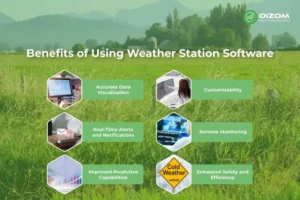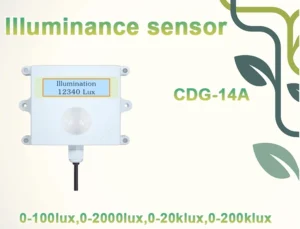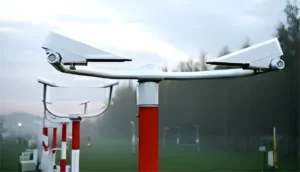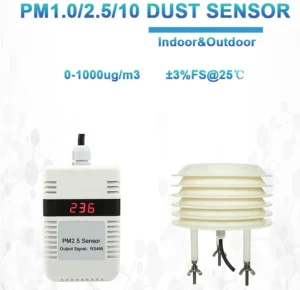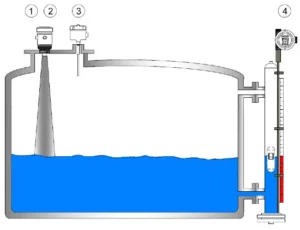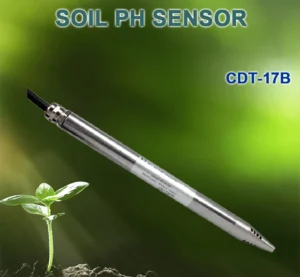1.What is the difference between PAR Meter and LUX?
PAR Sensor meter (Photosynthetically Active Radiation) and LUX (Luminous Flux measured in LUX) are both metrics for assessing light, yet they focus on different light characteristics relevant in various situations.
Quantum PAR (Photosynthetically Active Radiation):
PAR meters pertains to the segment of sunlight or artificial light that plants utilize for photosynthesis. It encompasses light within the visible spectrum, generally ranging from 400 to 700 nanometers, which plants can transform into chemical energy.
PAR is vital for the growth and development of plants, serving as the main energy source for photosynthesis. Devices that measure PAR provide readings that reflect the intensity of this particular light spectrum. We quantify it in micromoles per square meter per second (μmol/m²/s).
2. LUX (Luminous Flux Measured in LUX Units):
LUX serves as a unit for measuring illuminance, indicating the quantity of light that lands on a surface. One lux corresponds to one lumen per square meter. We use this unit for expressing the brightness of a light source as perceived by the human eye. We encompass the entire visible light spectrum, which ranges from approximately 380 to 780 nanometers, and adjust it using a standard photopic vision spectrum. This spectrum mimics the human eye’s sensitivity to various light wavelengths. LUX is crucial in areas such as lighting design, photography, and other disciplines where the quality and intensity of light impacting human vision are significant considerations.
LUX, conversely, quantifies the illuminance or the total visible light reaching a surface. It does not specifically target the light wavelengths that plants use for photosynthesis. People frequently employ LUX to assess light brightness in various settings, including indoor areas, outdoor spaces, and to some degree, in horticulture.
In essence, although both PAR sensor meter and LUX are light measurement units, PAR concentrates on the particular light spectrum (400-700 nm) essential for plant photosynthesis, while LUX evaluates the general brightness of light as it pertains to human vision across the full visible spectrum.
